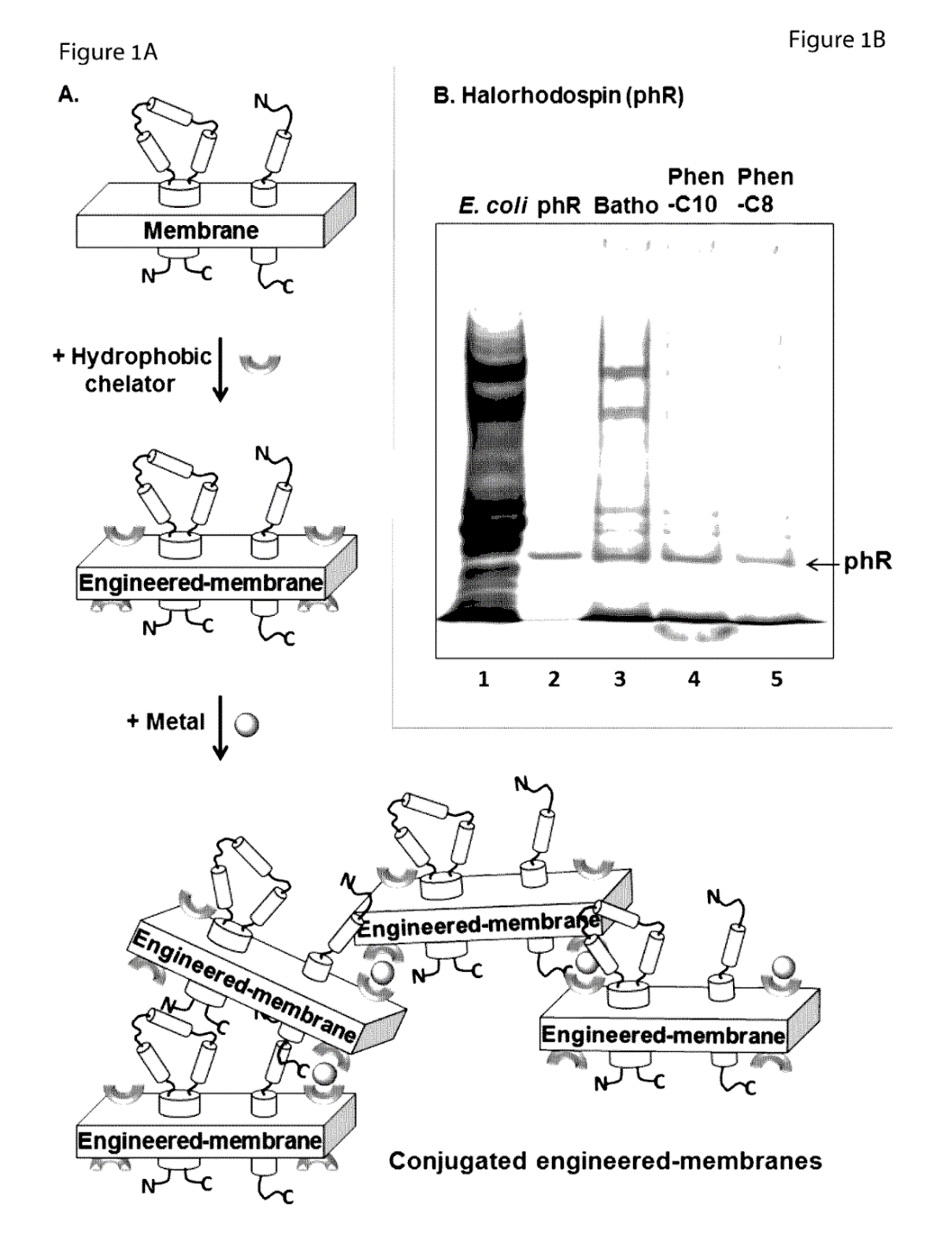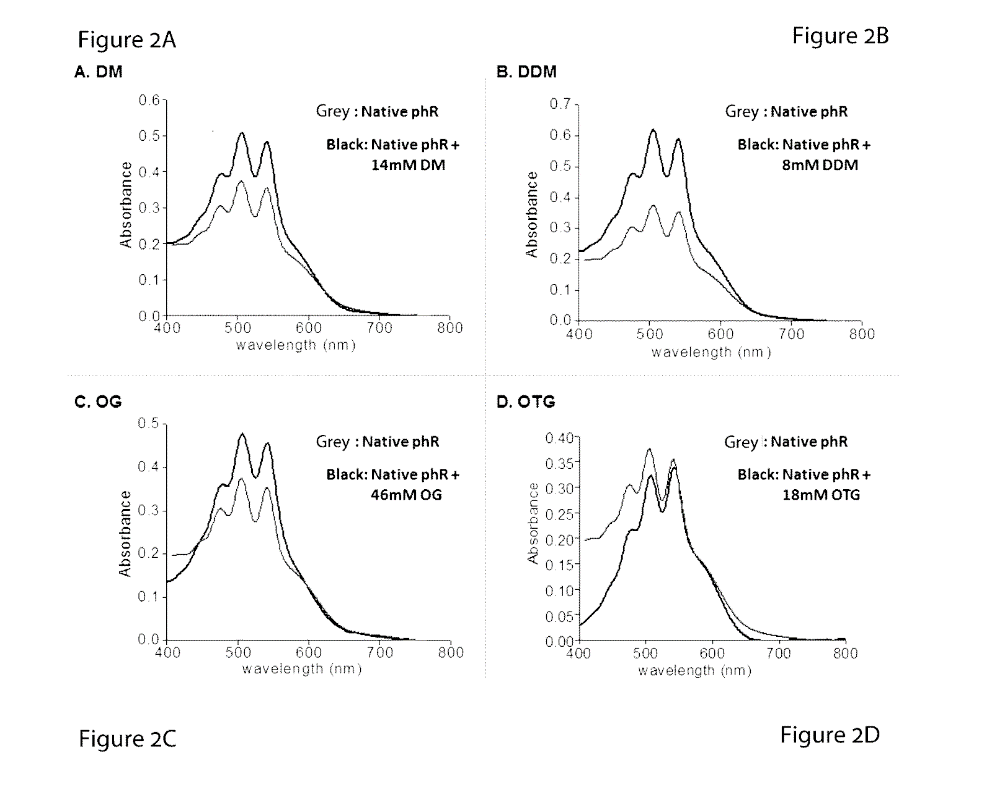Methods of Analyzing Cell Membranes
A method of precipitating cell membrane fragments from a cell lysate is disclosed. The method comprises contacting the cell lysate with a hydrophobic chelator and a metal ion under conditions that allow precipitation of the cell membrane fragments. Kits for precipitating cell membrane fragments are also disclosed.
The invention provides a method for isolating cell membrane fragments using a hydrophobic chelator and a metal ion, precipitating the fragments for purification. It offers a kit including a chelator, metal ion, and protease inhibitor. The method purifies membrane proteins by precipitating fragments, isolating them, and solubilizing the protein. The composition includes N-(1,10-phenanthrolin-5-yl)alkylamide. The process is applicable to various cells and utilizes a hydrophobic chelator to preserve protein integrity. It also involves dissolving the precipitate with detergents. The method enhances protein purity without denaturation, aiding in biochemical studies.
- A method of precipitating cell membrane fragments from a cell lysate, the method comprising contacting the cell lysate with a hydrophobic chelator and a metal ion under conditions that allow precipitation of said cell membrane fragments.
- A kit for precipitating cell membrane fragments comprising a hydrophobic chelator, a metal ion and at least one protease inhibitor.
- The method involves using a hydrophobic chelator, a metal ion, and a protease inhibitor to precipitate cell membrane fragments from a cell lysate. Kits are available that contain these components, along with optional hydrophilic chelators for enhanced separation.
- Cell membrane fragments can be generated by sonicating whole cells. The method works with whole cell lysates or lysates devoid of organelles larger than about 2 microns.
- Precipitation involves contacting the cell lysate with a hydrophobic chelator, such as 8-hydroxyquinoline or various phenanthroline derivatives, followed by a divalent metal ion (e.g., Zn2+, Fe2+). The precipitated cell membrane fragments are then isolated, often using centrifugation, and can be further processed to solubilize membrane proteins using non-ionic detergents like DM, DDM, OG, or OTG.
- After isolation, membrane proteins within the cell membrane fragments can be solubilized and purified, particularly using detergents. This method is useful for purifying specific membrane proteins, such as retinylidene proteins including halorhodopsin derived from Natronomonas pharaonis.
- The method can be applied to bacterial and archaeal cells, including various halobacteria. Specific conditions, such as the concentration of chelators and metal ions (typically about 5-10% v/v), and the absence or presence of detergents during different steps, are critical for effective precipitation and isolation of cell membrane fragments.
It is a kit containing a hydrophobic chelator, a divalent metal ion and a protease inhibitor for the purification of membrane proteins.
It is a non-chromatographic method for the purification and structural determination of membrane proteins. It would be highly efficient and cost effective.


